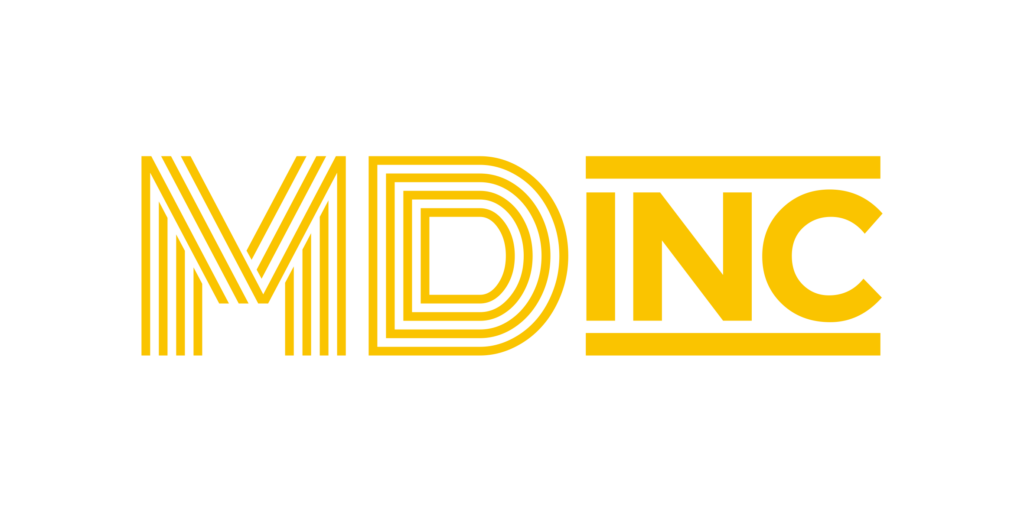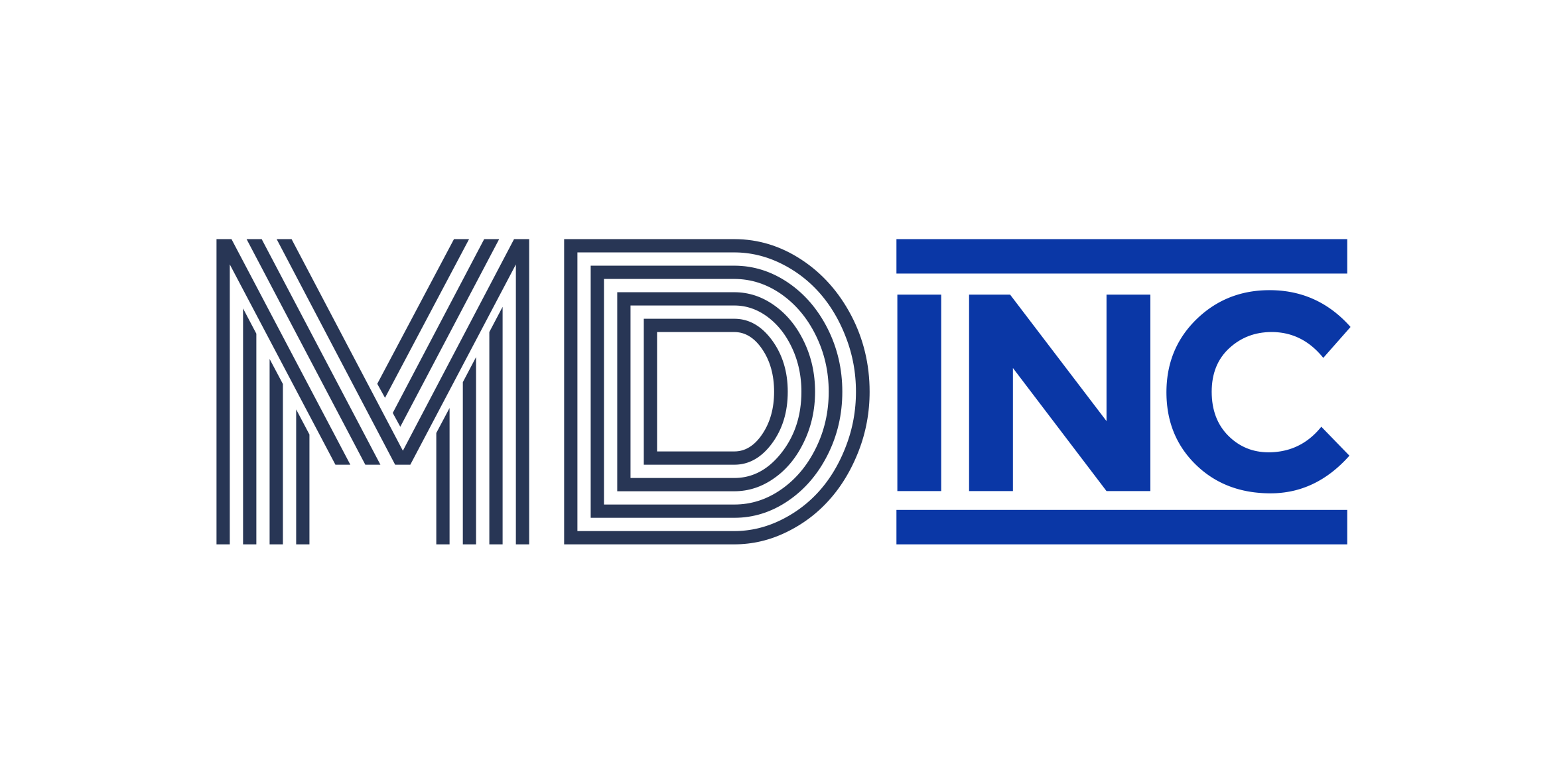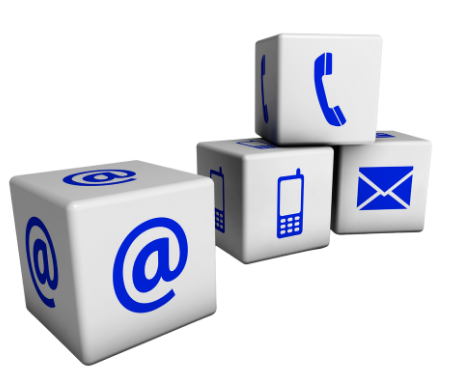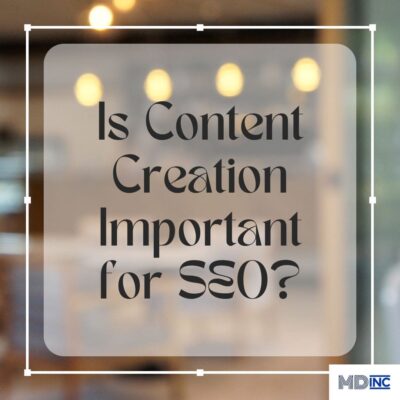The Value of Consistency in Omnichannel Content Marketing
Since the shopping landscape changes almost daily, it’s important to keep your content marketing plan consistent to match constantly evolving buying behavior. Whether it’s a pandemic or a recession, companies are always having to pivot digital ads and other forms of marketing to meet buyers’ needs.
Omnichannel marketing is the answer for staying consistent in an ever-changing buying landscape. Get to the bottom of how you can use omnichannel marketing to your advantage to keep your social media marketing and other forms of content marketing up-to-date and relevant by appealing to the buying experience across the board.
How Is Omnichannel Marketing Changing the Game?
Firstly, what is the definition of omnichannel marketing? Omni means “of all things,” so omnichannel is used to describe a seamless, smooth marketing experience across multiple channels, catering to buyers wherever they are, be it in-person shopping or navigating your online storefront.
Omnichannel marketing refers to taking care of and staying on top of your website just as you would a traditional brick-and-mortar store, giving both channels your full attention and content marketing techniques to create an immersive, convenient, and user-friendly experience for buyers.
Consider this: over half of your buying demographic will be visiting your website, so why not maximize their experience? Here are a few ways you can use omnichannel marketing as part of your content marketing strategy.
- Using first-party data collection methods and other holistic ways to garner useful information about shoppers such as buying habits, location, interests, and email address. Creating an app for your site is a great way to do this.
- Trying new techniques in your digital ads like augmented reality give customers a sense of how an item would look in real life, enhancing the buying experience.
- Employing tech techniques such as sending a ‘cart abandonment’ email when customers click away or texting coupons while buyers are in-store are good examples of this. Appealing to buyers both in-store and online is what makes omnichannel marketing so special and functional.
Taking a Digital Marketing Measurement
Using a good omnichannel marketing plan can affect your ROI in a positive way. This is a good way to check the pulse of your marketing budget and social media spend. Make sure your omnichannel plan includes these checkpoints: a consistent brand message across social media ads, email marketing, in-store promotions, and all other forms of content marketing.
You should also ensure a consistent buying experience whether buyers are interacting with digital ads, shopping via an app, using your site, or heading into your store. A personalized marketing plan can mean seeing the numbers you want when you take a digital marketing measurement – this means using first-party data to create a customized experience for buyers by anticipating their specific needs.
A Modern Content Marketing Strategy
When you’re planning a consistent content marketing plan that will implement omnichannel techniques, you’ll need to make sure you assess and analyze your current strategy, from digital ads to social media marketing, and see what needs improving.
Check into how buyers are interacting with your brand, your app, your website, and other platforms. See how you can create a smoother experience for buyers that will ultimately create convenience and ease for your audience.
Things like leveraging automation tools, re-engaging buyers who don’t click the first time, and sending targeted messages and emails are just a few tools in your box for crafting a flawless and consistent marketing plan that seamlessly flows through each channel.
Contact MDINC today to discuss your omnichannel content marketing strategy.










